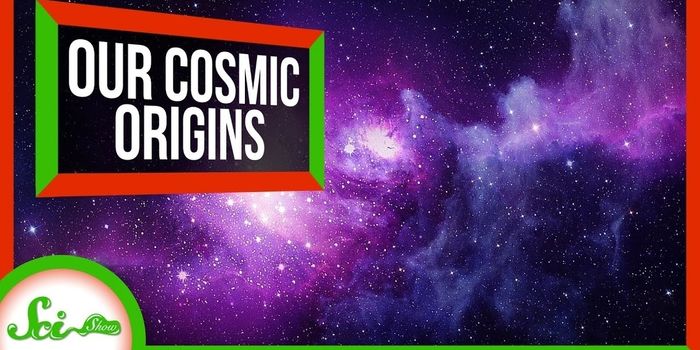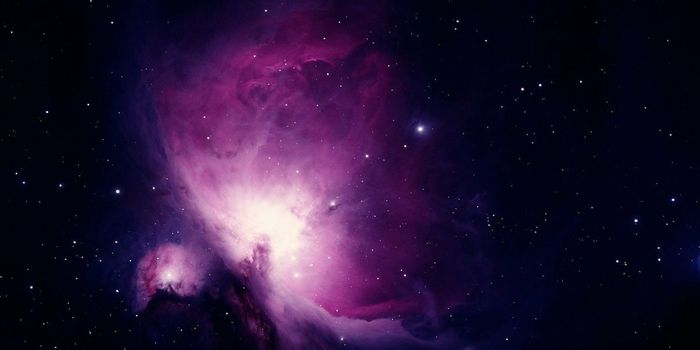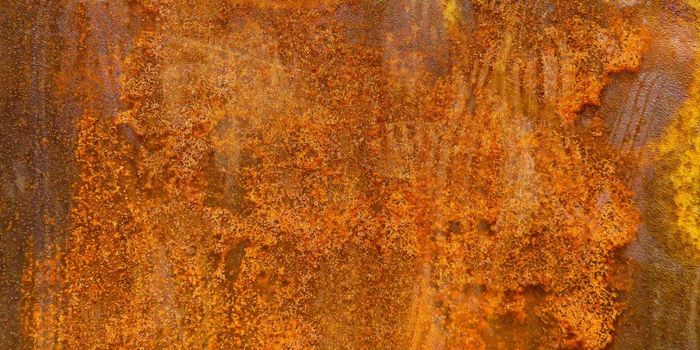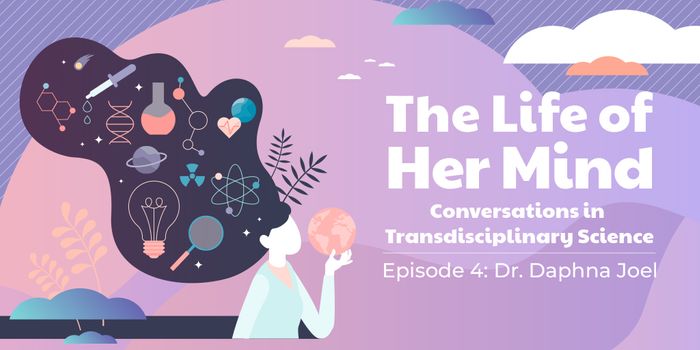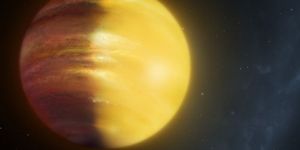We all know that single-celled aquatic organisms evolved into multi-celled organisms that then evolved to live on land. We also know that the first animals evolved into more complex mammals, which evolved into apes and humans. But how do these large evolutionary jumps take place?
One major evolutionary transition took place millions of years ago when eukaryotic single-celled organisms became multi-celled organisms. Looking closely at early multi-celled organisms, the cells look very similar to their single-celled counterparts. Instead of living independently, they now work together as a colony. Another example of this is with a cell's mitochondria. Mitochondria were once free living bacteria that evolved to become an interdependent part of cells by working together over time.
So what causes these major evolutionary changes? The answer is cooperation. When groups of cells work together long enough, a colony is formed and division of labor becomes evident. As the single cells in the group become interdependent on each other, they reproduce as one organism and evolve as one as well.

